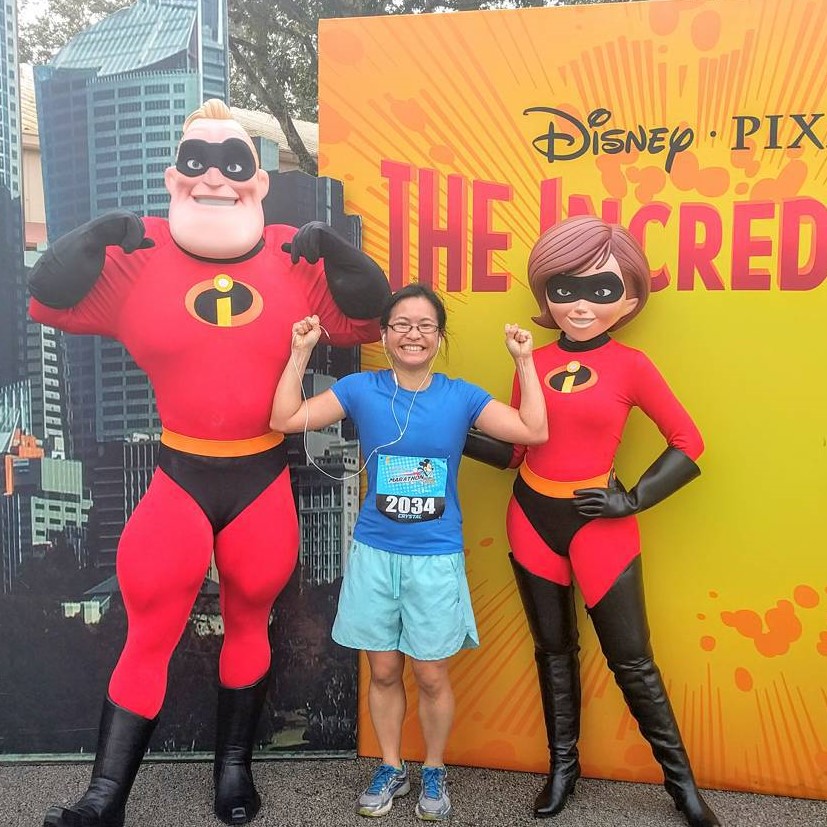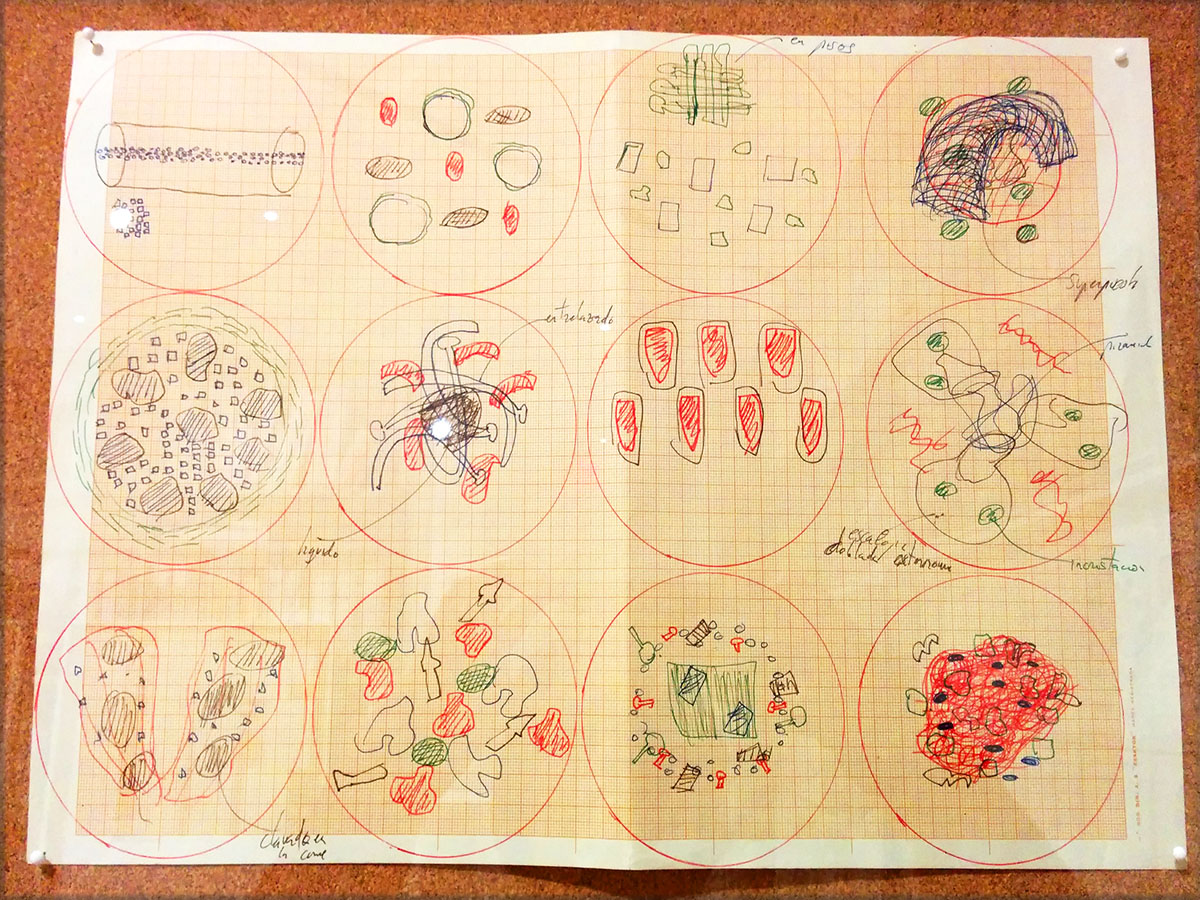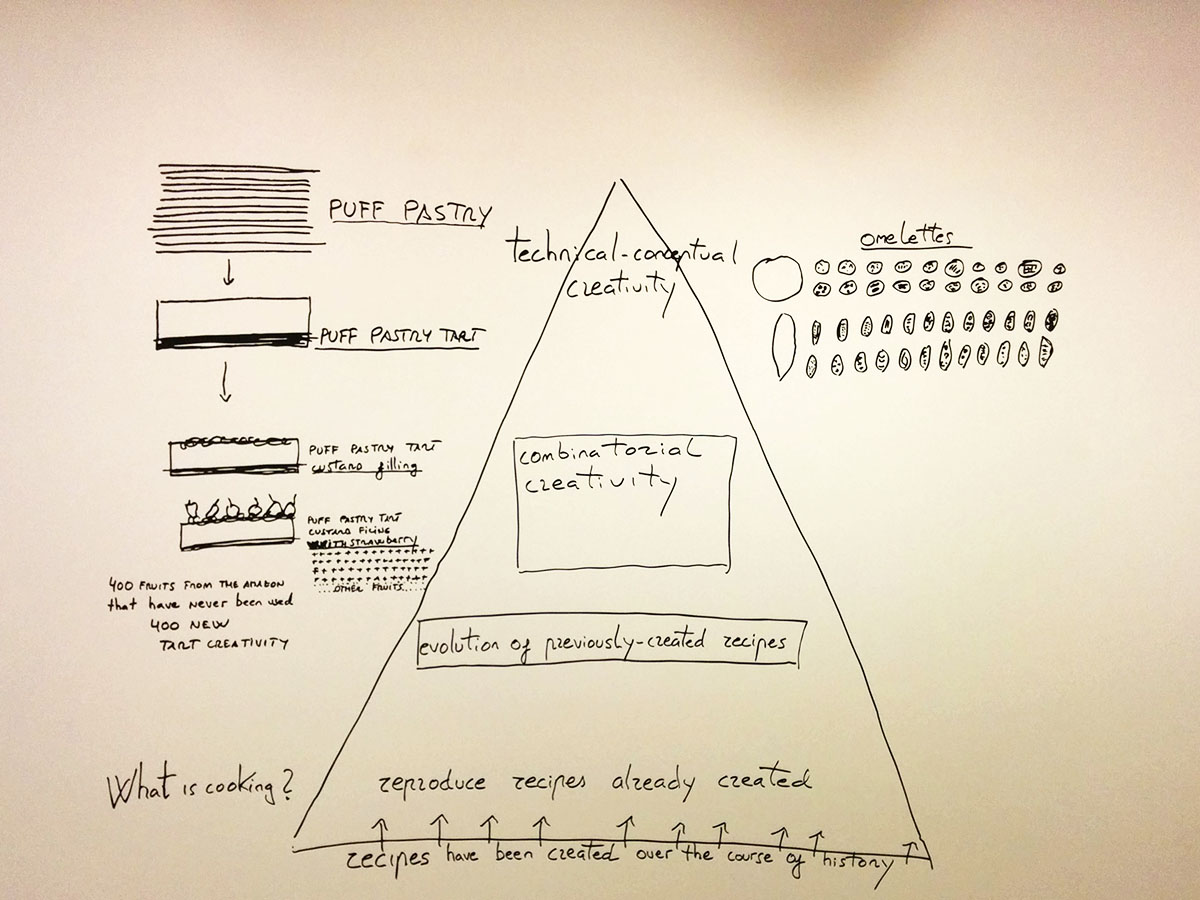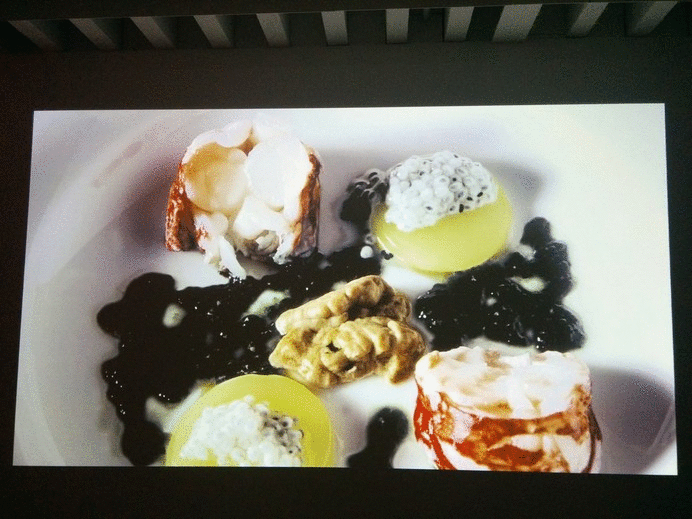All right, here goes. On Nov. 5th, I am running the NYC Marathon for Legal Services NYC. A spot opened up last minute, and I decided to seize the opportunity to be the change I want to see in the world. That means I’m fundraising at least $3500 to fund legal defenses and advocacy for immigrants, tenants, women, students, workers, veterans, the tired, the poor, and the huddled masses. More
Tag Archives: NYC
Tales from a Mexican Line Cook
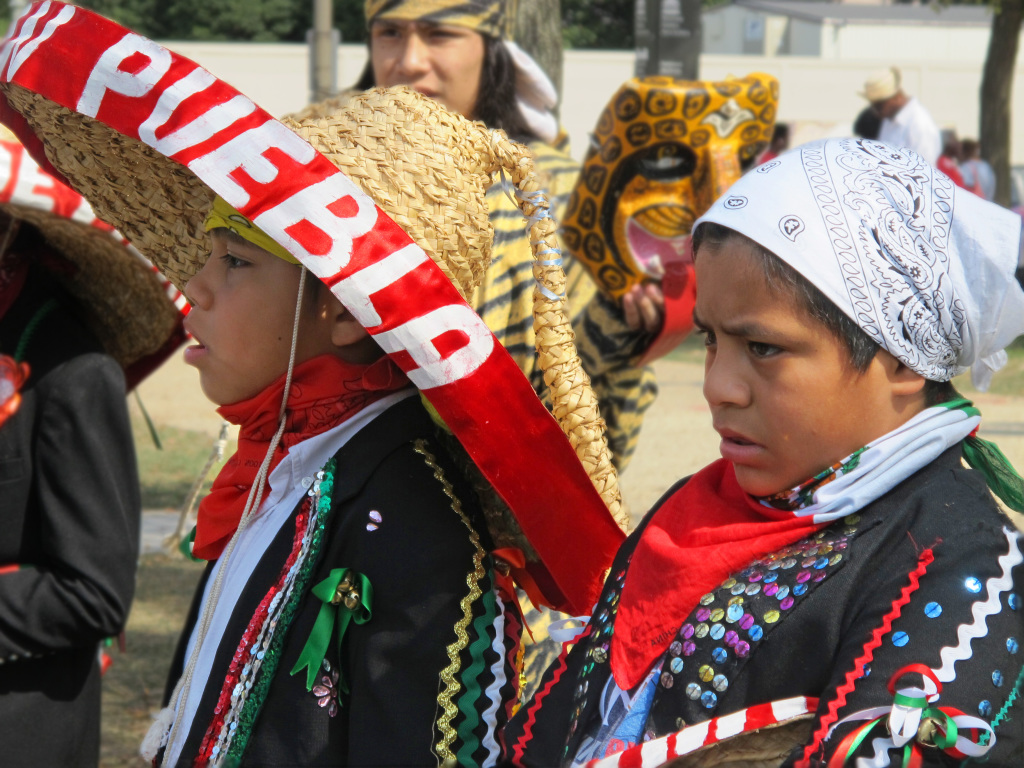
Like many restaurants, my kitchen was staffed largely by cooks/runners/dishwashers of Latin American origin, particularly Mexicans from the state of Puebla. This made sense, given that we were cooking Latin-influenced food, but you’ll find Mexican cooks everywhere in New York, from diners to Chinese restaurants to fine dining.
There are many great cultural exchanges to be had from hanging out with Latino cooks, from hearing the latest reggaeton to learning the true meaning of Cinco de Mayo. (Turns out it’s not just about cheap margaritas.) But as you while away hours peeling yucca in the slow afternoon, sometimes the conversation takes a turn for the serious. You ponder aloud: what you’re doing with your life, what your dreams are, who you love, where it all went wrong. You share your hopes for your family, your fears that you’re not good enough, your ambitions to go to college. You tell your life story, how you came to the US and found your footing here. You do all this while crammed into a closet-sized space, with tweezers in one hand and a fish fillet in the other. This is the trench.
For those of us who aren’t first generation immigrants, it’s easy to forget that this country is built on immigrants and a dream for a better life. For those of us who can afford to go to culinary school, who have a college degree, have no family members in the military, live near a Whole Foods and have never been arrested, it’s a cold bucket of water to remember that we are part of the privileged class, even if we think we’re not.
Here’s a couple of the stories I heard:
S: I came with my dad when I was 13. Why? I don’t know, it just seemed like the thing to do, I wasn’t doing much else at home. I’ve been living and working in NYC for 9 years now. I’ve been a busboy, runner, dishwasher, oyster shucker, and now I’ve been working here for one year. Started off doing dishes here, then moved to the cold station, and now I’m on flat top and grill.
My dad died 3 years ago, and I spent $12k on his funeral. It wiped out all of my savings. I want to go to school, get a college degree, but I don’t know how or where to get the money.
What do you want to accomplish before you die?
Well, I would really like to take care of my mother, make sure she is comfortable. That’s the first thing I want to do. Secondly, I want to take care of my girlfriend, because I know she loves me a lot. Then maybe after that, my sister. But she has her own family, and she’s ok I think, she doesn’t need me. So really, I want to take care of my mother, that’s my #1 goal.
Continue reading Tales from a Mexican Line Cook
How to Stage/Intern/Trail at a Restaurant: The Right Way
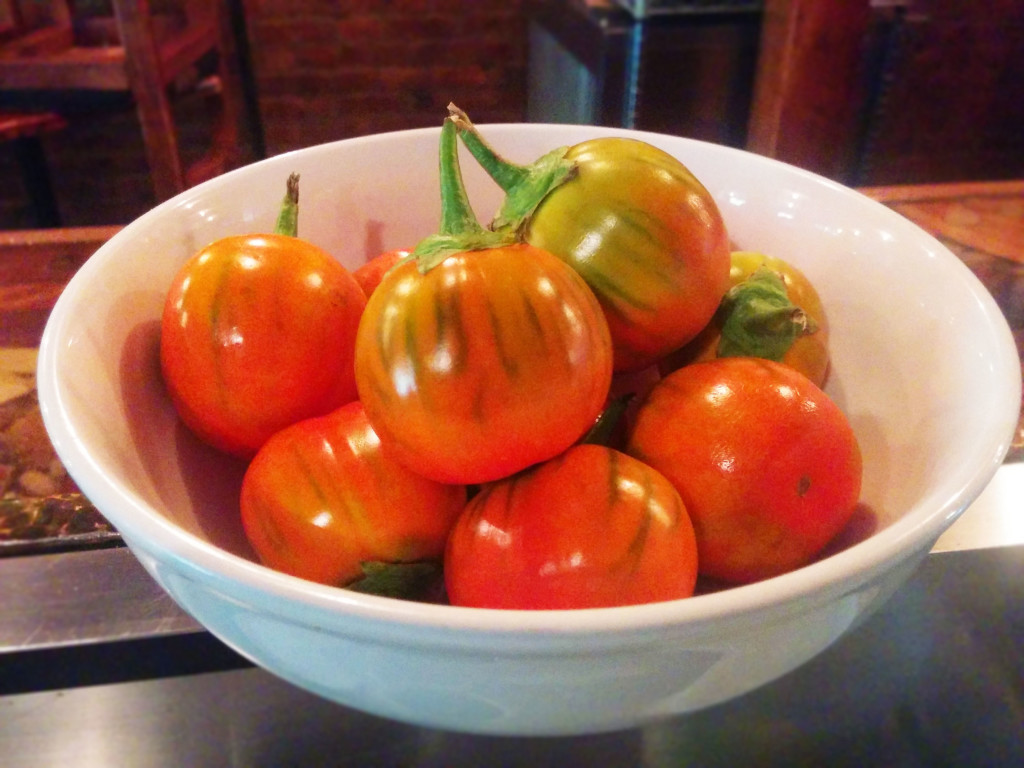
Undeterred by how quickly I’d flunked out of my first kitchen, I immediately set about finding a new one. Maybe a pizzeria? Pizza is my all-time favorite comfort food after all. I emailed a neighborhood Neapolitan pizzeria and got no reply. What about a sushi restaurant? I stopped by a sushi restaurant and asked to apprentice myself to the chef; he didn’t even want to talk to me. (Wait, was this a hint that I should come back 300 more times?) I kept walking and strode into a Latin American restaurant, one that I knew was helmed by a chef-owner known to use seasonal and local ingredients. It was busy but not slammed, the kitchen was comfortably large and relatively cool, and the staff was friendly and encouraging when I explained that I’d like to come in as an intern. As I left, the chef’s mother caught my elbow. “I overheard your conversation just now, and he definitely takes students in from time to time, so I think it will work out!” Things were looking much brighter.
After a brief interview, Chef put me on the weekend brunch shift, or Saturdays and Sundays from about 8 am to 4 pm. It was the only time that would fit with my day job schedule, and gave me a little time at night to have a social life. The early mornings were challenging, particularly if my previous night was a late one. Though I wasn’t a coffee drinker, I quickly developed a reputation at the restaurant for drinking my coffee strong and black.
The other line cooks quickly tasked me with basic prep work, from picking herbs and dicing tomatoes to making pupusas. Really though, my first task was to learn to speak the language. And not just the usual kitchen slang. Much to my chagrin, Spanish had not been covered anywhere in culinary school, and this was by far one of the most important skills I could have learned. While everyone spoke at least some English, the lingua franca was definitely Kitchen Spanish. I quickly learned the words for ingredients like watermelon (sandilla), peach (duraznos) and honeydew (melon blanco). I memorized the shorthand for our menu items, and mumbled my ingredient pick-ups to myself as I put components together. Most importantly, I got a crash course in Spanish slang. Some of it was innocuous enough (“ya tu sabes” isn’t in any of the textbooks, but it means “ya’ll already know”), and some of it would curl your grandmother’s hair. We would jokingly call each other “marica” (homo/gay) or “vieja” (old woman), yell “mierda!” (shit), “puta madre!” (motherfucker) and “que putas?” (what the fuck?) when things went wrong, and if a particularly fetching woman walked into the restaurant, or even within 15′ outside, whistles and murmurs of “masota!” (hot babe) would ensue.
Meanwhile, the other line cooks were interested in learning Chinese. “Teach us!” they pressed me. My sous chef had actually spent a few years working at Chinatown warehouses, so much to my surprise, he already knew some Cantonese. “Hey, how do you call a white person? Gwai lo, right? But that’s not what they call Mexicans, they call us mak lo!” I grinned sheepishly as he continued on. “Leung seung dai gai! That means, two boxes of large chicken! But the best is pok gai (bastard, go to hell), you can use it for everything!” One day, I explained that in Chinese, zou gai (lit. to be a chicken) means “to work as a prostitute.” The other guys thought this was the funniest thing ever, and repeated it it all afternoon.
During opening hours, the soundtrack in the dining room was a safe, appropriately eclectic mix of Latin pop and lounge music. When the doors were locked though, the speakers would blare with Beastie Boys, “Turn Down for What,” reggaeton and the latest banda hits. What’s banda music, you say? It’s best described as Mexican polka music, folksy and singer-driven but always with a brass section. I quickly got familiar with my homeboys Alfredito Olivas, El Recodo and El Komander, who was described by NPR as the “Jay Z of Mexican drug balladeers.”
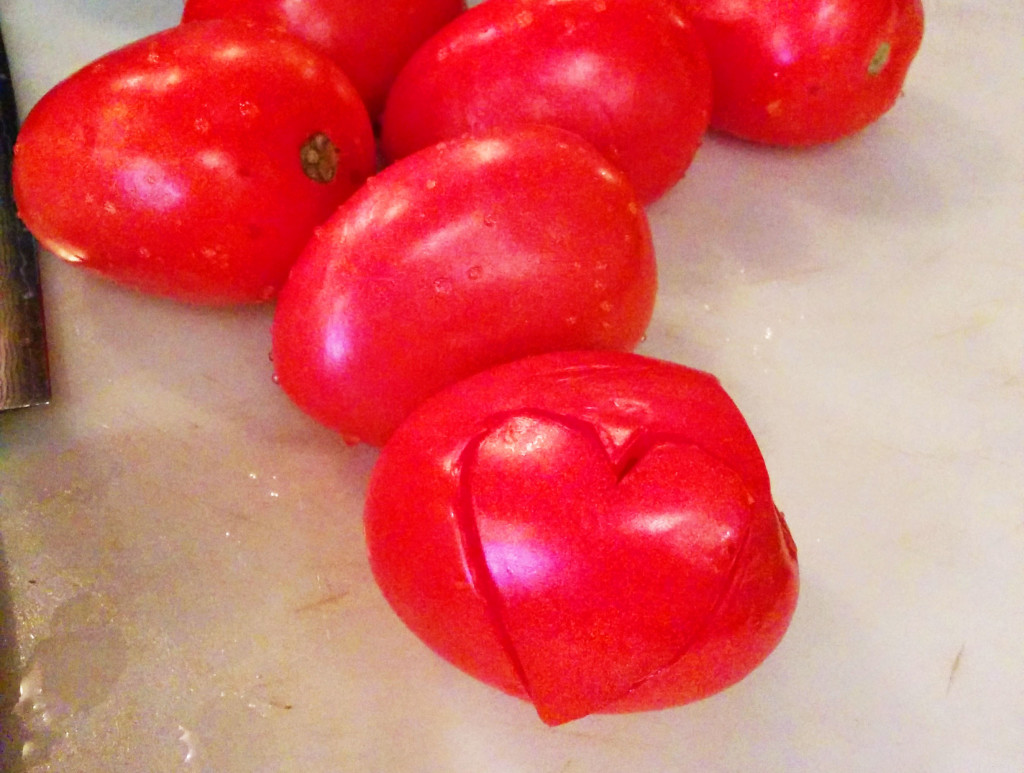
Oh right, you wanted to hear about cooking at a restaurant. Cultural stuff aside, I certainly polished my skills as a cook, particularly by asking lots of questions. “So, how do you make refried beans?” I asked my sous chef. “Well first, you take the can opener,” he cracked.
Continue reading How to Stage/Intern/Trail at a Restaurant: The Right Way
The El Bulli Exhibit: Creativity as Organized Process
The Drawing Center is hosting Ferran Adrià: Notes on Creativity, the first major museum exhibition of Adrià’s notebooks and visualization tools. As you may know, Adrià is widely acknowledged as one of the best chefs of our time, someone who radically impacted the way cooking has evolved in the last decade or so. For over two decades, he helmed the kitchen at El Bulli in Roses, Spain, where his staff rigorously experimented with the play of aromas, textures and flavors. You may never have an opportunity to try Adrià’s spherified olives, pine nut marshmallows or rose-scented mozzarella, especially since El Bulli is now closed. However, if you’ve ever encountered a traditional dish remade in another form (like a sandwich presented as a drink) or a contemporary menu without defined categories (appetizers vs entrees), you’ve probably tasted Adrià’s influence.
The popular conception of creativity is that creative insight just happens, out of the blue, in the shower, or when you’re least expecting it. In Adrià’s eyes, the creative process is not really about spontaneity, it is an extremely organized process. El Bulli was tasked with preparing 30+ dishes per diner each night, with the goal of never serving the same dinner twice, particularly for repeat customers. The pressure to constantly come up with new and innovative dishes was immense. While some of El Bulli’s dish concepts were created spontaneously and inadvertently, more often the creative process looked like this:
We search (using a method):
Regional cooking as a style
Influences from other cuisines
Technique-concept search
The senses as a starting out point for creativity
The sixth sense
Symbiosis of the sweet/savoury worlds
Commercial products and preparations in haute cuisine
A new way of serving food
Changes in the structure of dishes
Adaptation
Association
Inspirations
Deconstructions
Minimalism
Changes in menu structure
*******synergy*****
AN IDEA
We develop the idea with the help of methods or with intuition
Tests
Analysis/Reflection — We use the mental palate
Finish and final tests = PROTOTYPE
Serving the diner
Final retouches
THE DISH CATALOGUED
If you attend the exhibit, don’t forget to check out the film screening downstairs, which includes a photo of every dish served at El Bulli.
Myself in Notes, 2014

This list was inspired by Lorraine Hansberry’s series of birthday notes, written annually from when she was 23 to 33. You can see these candid, intimate glimpses of her life on display at the Brooklyn Museum until March 16th.
I love:
The Park Slope Food Coop
My office “family”
Learning obscure skills (blacksmithing)
Traveling to foreign countries
Efficiency (though not at the cost of human relationships)
Handwritten letters, and making time to write them
Carbs: bagels, pizza, pasta, rice, beer
Biking year-round
Lucky Peach
Sherlock Holmes (BBC)
Being fit
Being alone
Sleeping on the floor
Brooklyn
I’m bored with:
My glasses
Hunter x Hunter
Game of Thrones books
Swiss chard
Marijuana
Trying and failing to get Cronuts
I hate:
Not being able to recognize people readily (face blindness)
Cockroaches in my building
Too damn high rent in NYC
Oxford commas
Mixed signals
Being lonely
I’m proud of:
My ability to emotionally move on (after a breakup)
My ability to physically move on (since everything I have can fit into one car)
My family, who accomplishes crazy feats, feeds me well and behaves with rational insanity
Friendships, many of which hit their 10-year anniversary last August
Decisiveness, ripping off bandaids and not looking back
Zen, achieving inner peace when NYC tries to make that impossible
I wish:
To again write words that will spur laughs, inspire wonder, incite anger or change lives
To evolve from being a cook to a chef
To live in East Asia someday (Hong Kong?)
To be in love again someday
How to Build a Restaurant Empire
So you’ve created a wildly successful restaurant, and you’re just beginning to have some semblance of stability and free time again. Is it time to expand and build another location? At last night’s Culintro panel on restaurant expansion, three prominent chefs tackled that question and more. Danny Bowien (Mission Chinese), Andy Ricker (Pok Pok) and Michael White (Marea, Ai Fiori, Osteria Morini, Nicoletta) collectively shared their insights and mused on why anyone would decide to “go do the hardest thing in the world—open a restaurant in New York.”
After all, opening and running a restaurant is asking for unexpected kinks and surprises every day. “You wake up in the morning wondering if today is the day you get your ass handed to you,” Ricker noted wryly. “The job is basically problem solving. It’s being able to grasp a whole lot of things happening at once.” That global vision is what makes a chef and restauranteur. “It’s not just cooking—you’ve got to know about electricity, basic engineering, and when something breaks, you can’t call someone because he’ll come three hours later and you need it fixed now.” Bowien agreed and offered some optimism: “All the challenges—if you can just power through them, it’ll work out. When we were getting reviewed by the New York Times, I was flying back from Copenhagen, and just after I landed, someone texted to say the New York Times is here…and so is the health department. I was having a heart attack! But you just have to power through it all.”
So when do you know it’s time to expand? Most people don’t set out to build restaurant empires, but it becomes clear when the timing is right to grow. “When your restaurant is very successful, you have a sort of political capital, and you either spend it or you don’t—you sh*t or get off the pot,” said Ricker. “You reach a point where you have ideas that don’t fit in the current template. If there’s interest and political capital, the door just opens up.” Over the course of the evening, Ricker, Bowien and White batted ideas and shared the following lessons for aspiring chefs and restauranteurs (or any entrepreneur):
Continue reading How to Build a Restaurant Empire
